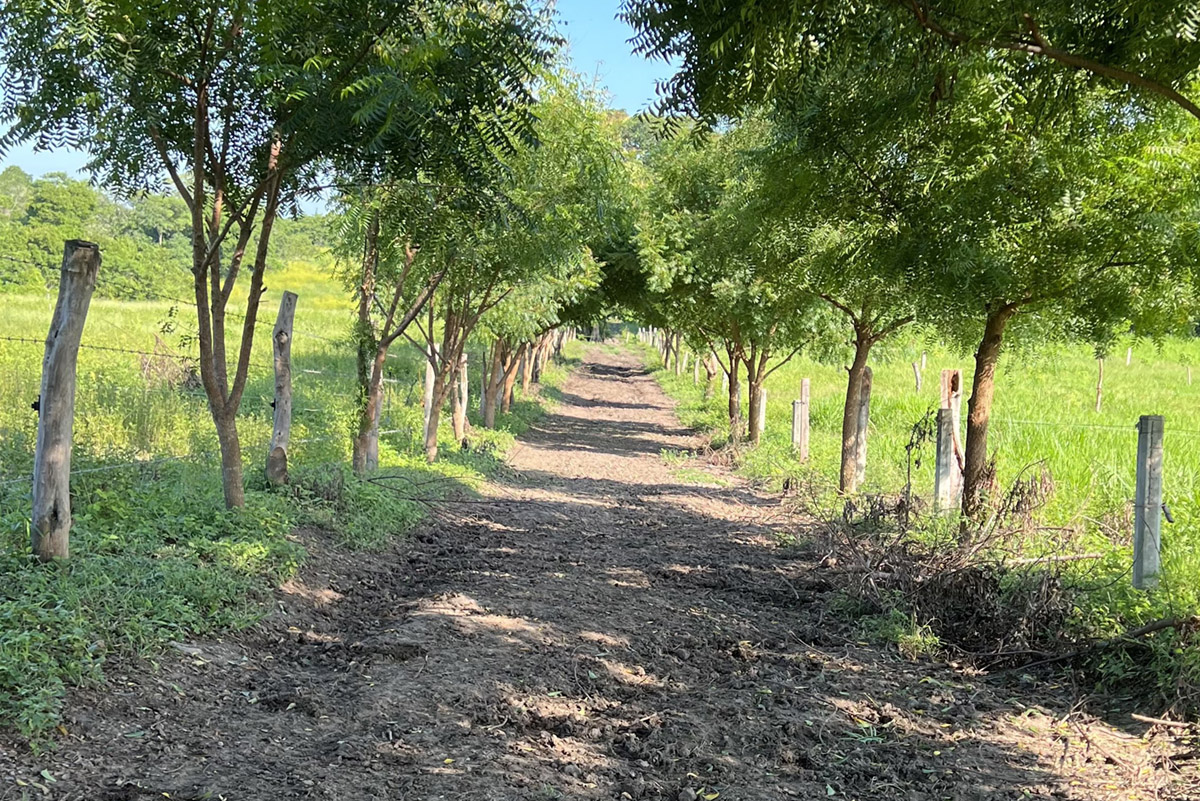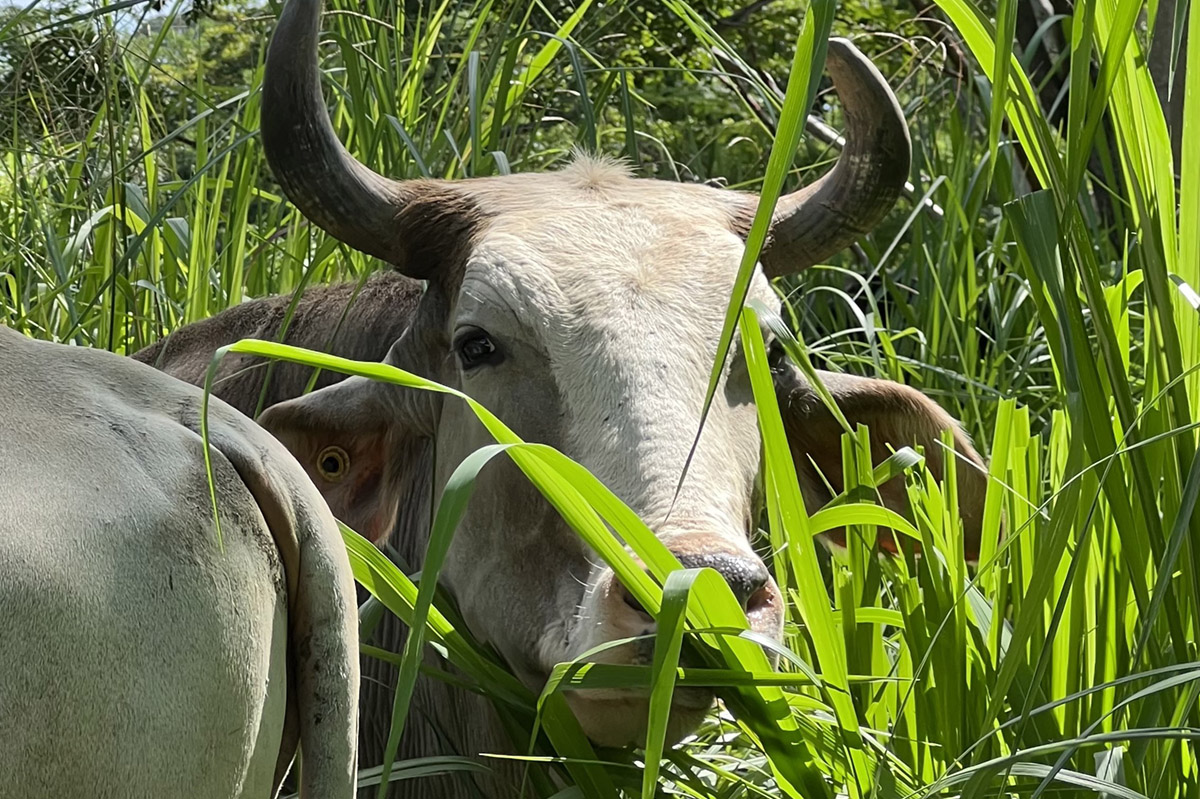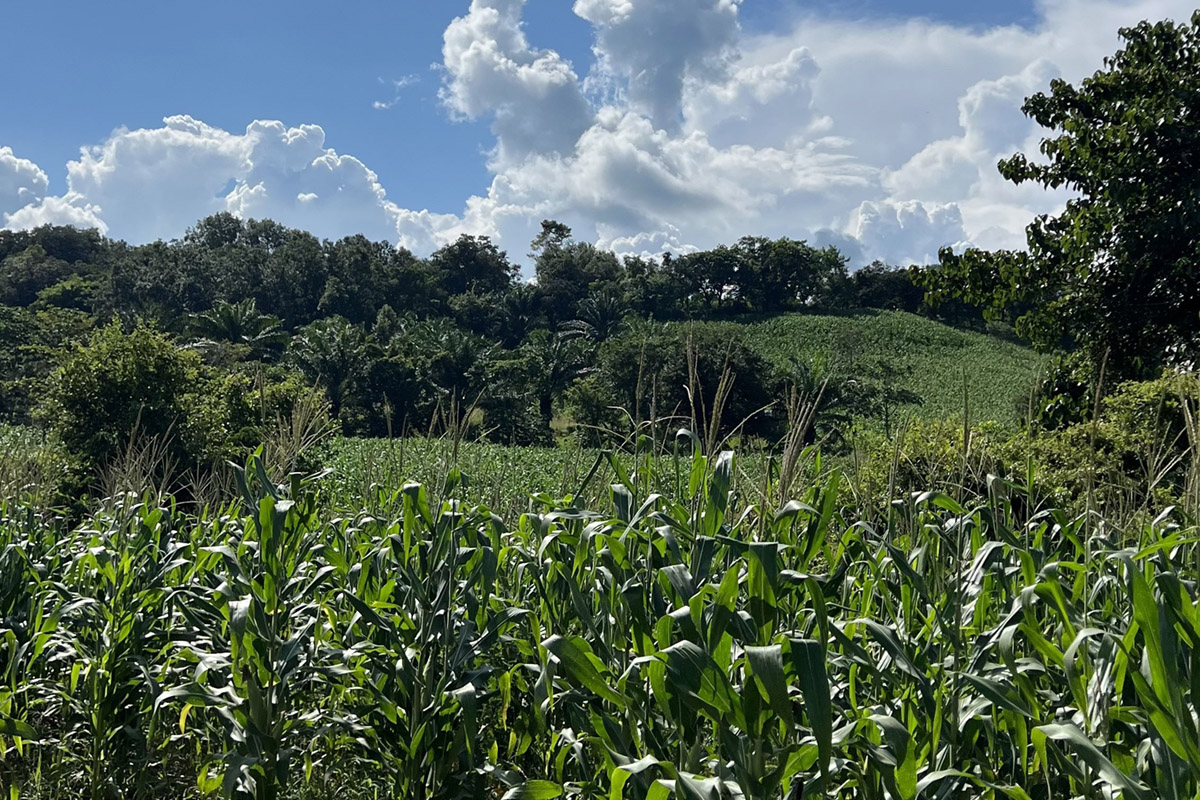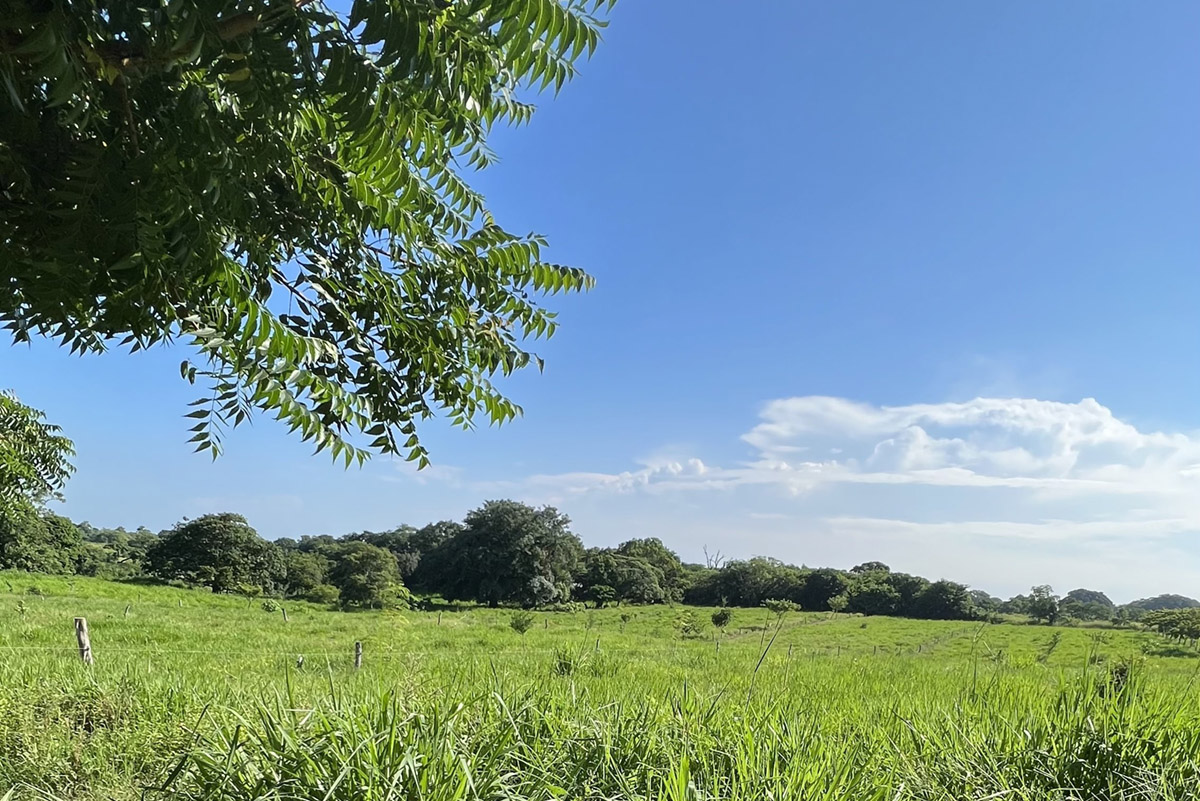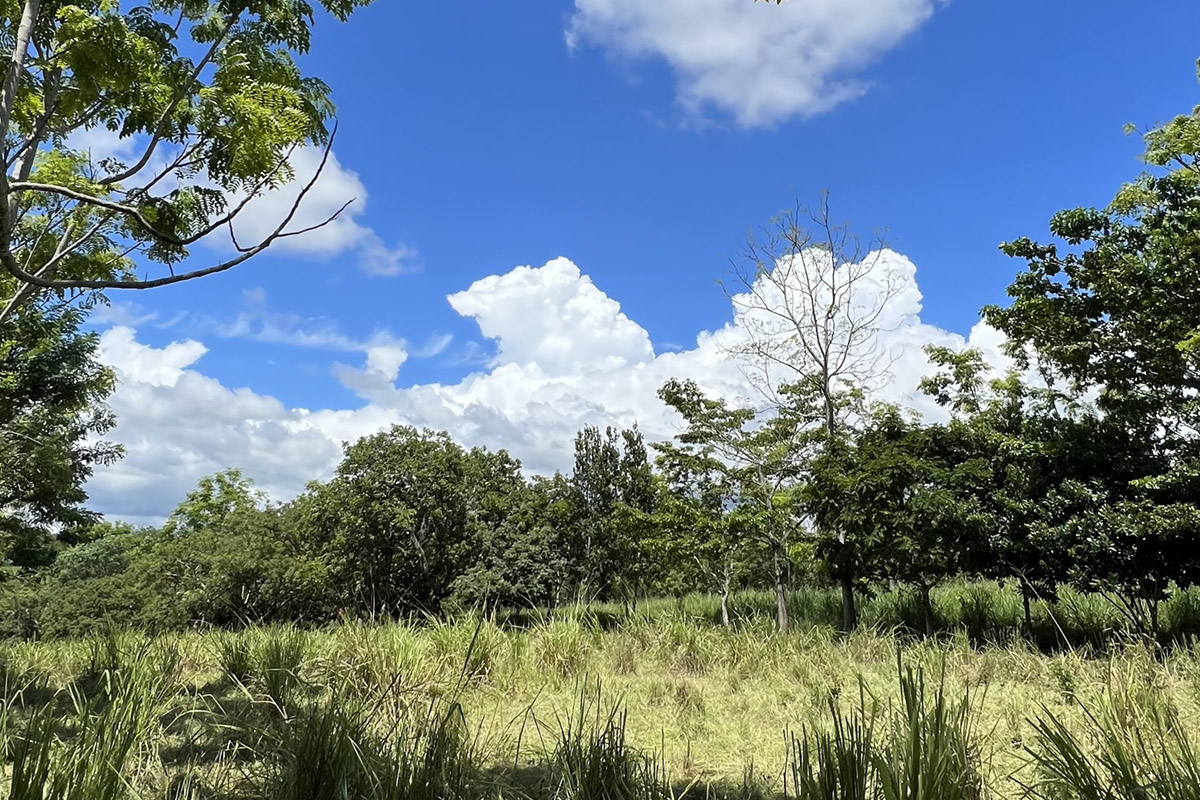REGENERATIVE LIVESTOCK RANCHING IN VERACRUZ
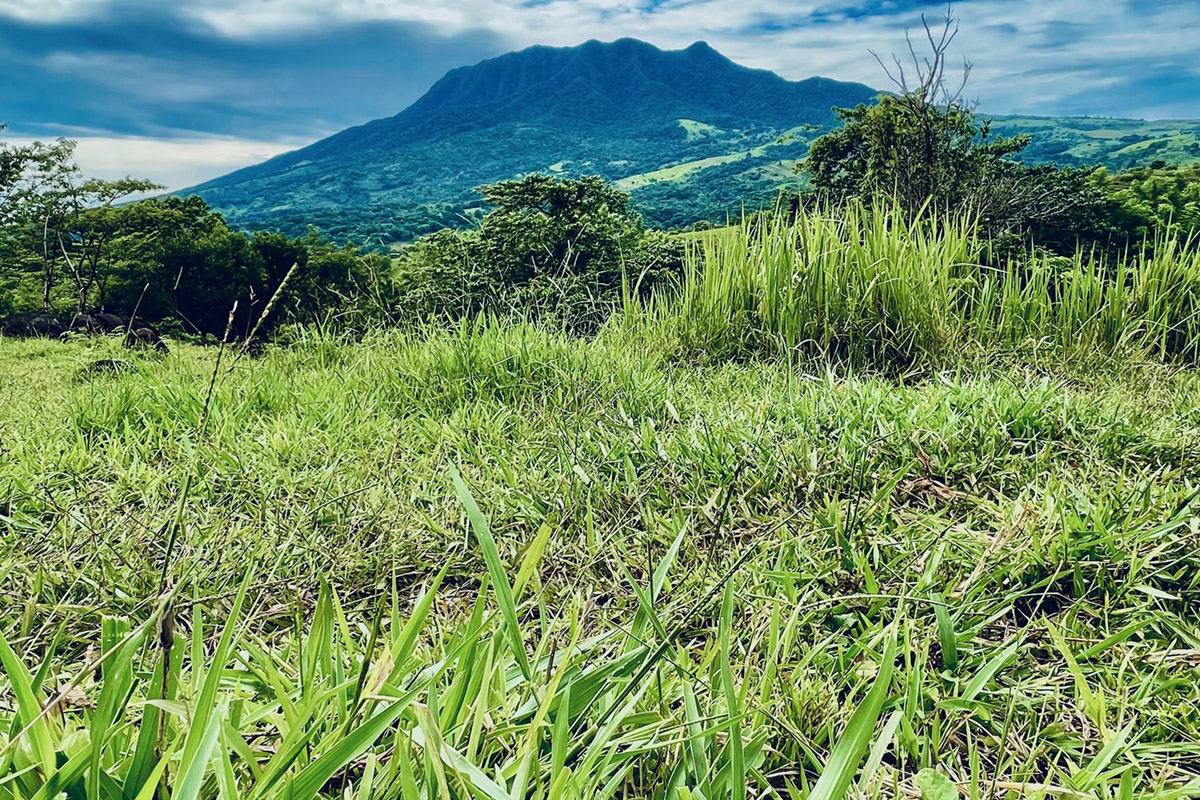
Work area
Cotaxtla and Ixhuacán de los Reyes, Veracruz
Line of action
Sustainable development
Duration
From 2022 to date
In Mexico, close to 56% of the nation´s territory is used for livestock production. Large portions of this area are being continuously degraded due to inadequate agricultural practices, deforestation and overgrazing, among other causes. In addition, 10.3% of the country’s greenhouse gas (GHG) emissions are produced by the livestock sector.
Veracruz is one of the states with the highest livestock production, which is developed through extensive cattle ranching. Meat and milk production have a very high cost for the environment that is transferred to society in the form of contaminated rivers, floods, landslides, loss of the productive capacity of the land, overexploitation of groundwater, deterioration of the landscape and loss of ecosystem services, with a vicious circle of low profitability and progressive degradation of livestock systems.
For this reason, since 2010 we have carried out regenerative cattle ranching activities. We started in properties located within the Los Tuxtlas Biosphere Reserve where we worked for eight years. With this experience, we are now developing activities in the communities of Cotaxtla and Ixhuacán de los Reyes, Veracruz.
Our objective is to achieve the transition from traditional practices to a sustainable use of natural resources in livestock and agroforestry production as measures of adaptation to climate change and restoration of riverbanks, through dairy production with low GHG emissions and an expansion of the forest area for the capture of GHG gases, the absorption of water in the soil and rivers, and the increase of native species that contribute to the better functioning of the ecosystem.
To this end, we build local capacities for land management with the participation of men, women and youth leadership, with equity and respect among all participants through training workshops and the exchange of experiences among cattle-raising families.
Our activities include the efficient use of water; rotational grazing and pasture tree planting; use of multistratum live fences and non-traditional forage species; composting and biofertilizers; protection of areas with forest cover; and soil improvement practices to increase profitability from 1 to 1.5 animal units per hectare and 5,000 liters of milk per hectare per year.
Our goal, within four years (2022-2026), is to convert 1,000 hectares to the principles of regenerative livestock ranching, with the participation and training of approximately 400 people.


